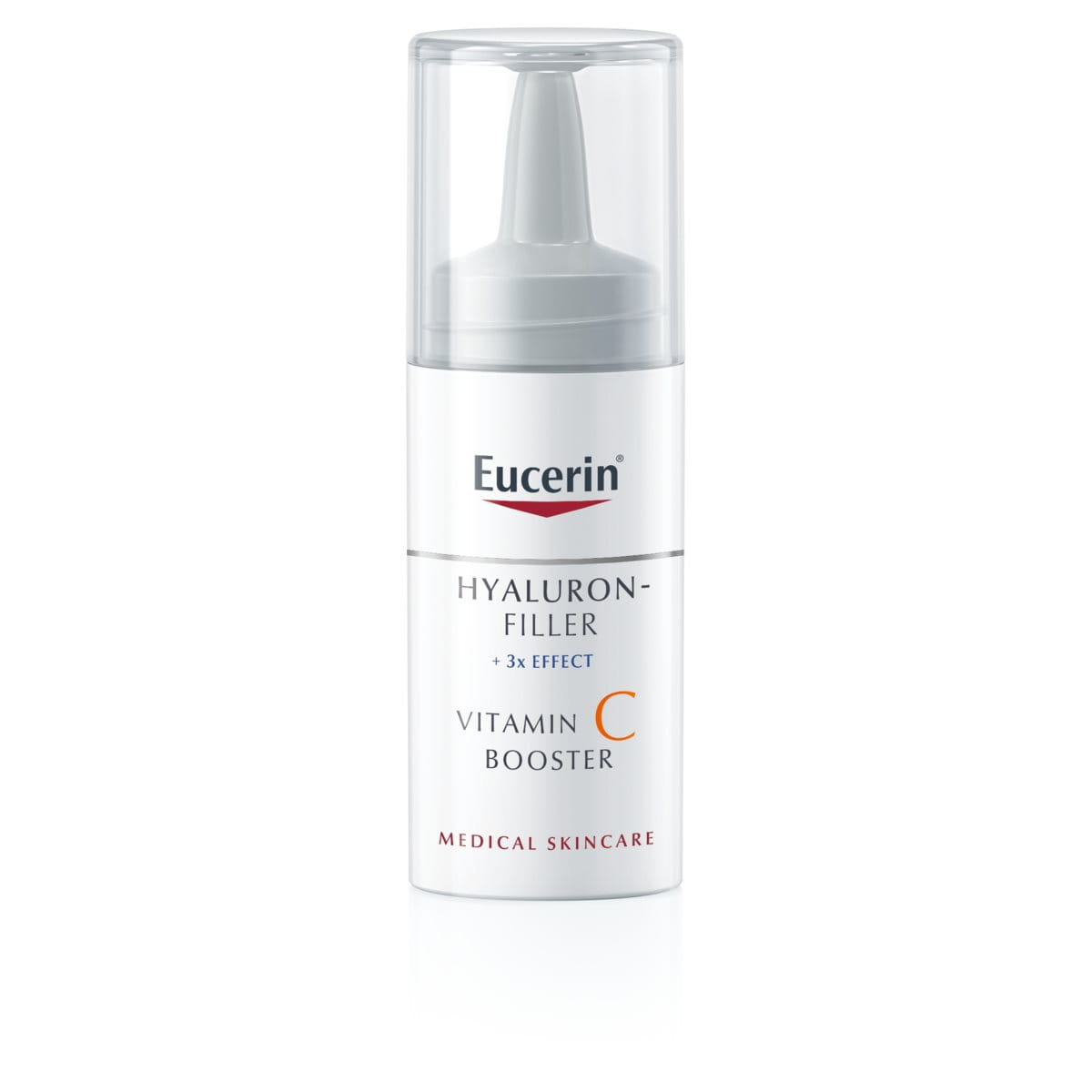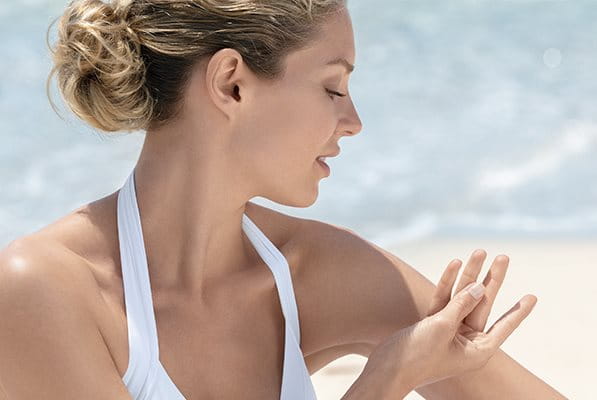We take responsibility. For your skin. And our planet.
EN
Choose your Language & Country
Popular Searches
- aquaphor
- eczema
- keratosis pilaris
- spf
- uera
Popular Products
View All Products 















